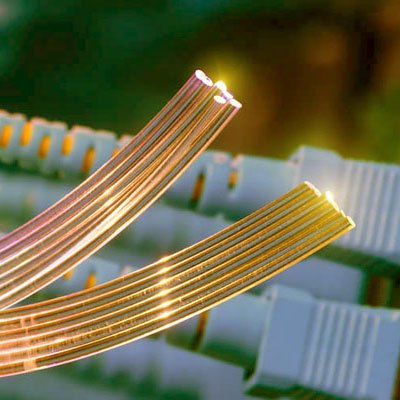
It’s called dark fibre when a fibre-optic connection isn’t in use. Fibre-optic connections are known as “dark fibre” because they carry light signals to and from their destinations.
As a result, dark fibre is dark because no light signals pass through it. When a fibre-optic cable is used, this is the polar opposite of “lit fibre.”
On the other hand, dark fibre is more than just “fibre that isn’t being used.” It wouldn’t become a dark fibre network if everyone on your neighborhood’s fibre-optic network suddenly stopped using the internet.
The cables must have no devices on either side to be considered “dark fibre.” It’s not just unconnected; it’s also waiting for someone to come along and use it.
Individuals may purchase and utilize dark fibre at a reasonable cost. On the other hand, businesses and other organisations are more likely to benefit from dark fibre bandwidth since their internet usage is higher. Thanks to black fibre, companies will also have nearly total control over their network infrastructure.
Dark fibre networks offer a large capacity and allow for reliable signal transmission. Data is sent through wires utilizing light pulses, and it may be found beneath.

Features & Benefits
Let’s explore the benefits of dark fibreone by one:

Improved Results
Superloop Dark Fibre offers a new level of network assurance, with latencies averaging half a millisecond per 100 kilometre and the ability to reliably support a wide range of business applications.

Enhanced Safety
It should go without saying that hosting your network on infrastructure where you are the only tenant provides a level of security that other network services struggle to match.

Future-ready
Another thing to keep in mind regarding Dark Fibre is that it’s practically the same as the German ‘Autobahn,’ only you’re on your own.

Tech-Agnostic
Dark Fibre is pure fibre infrastructure, allowing businesses to pick from various ‘technologies’ when constructing the network that best suits their needs.
